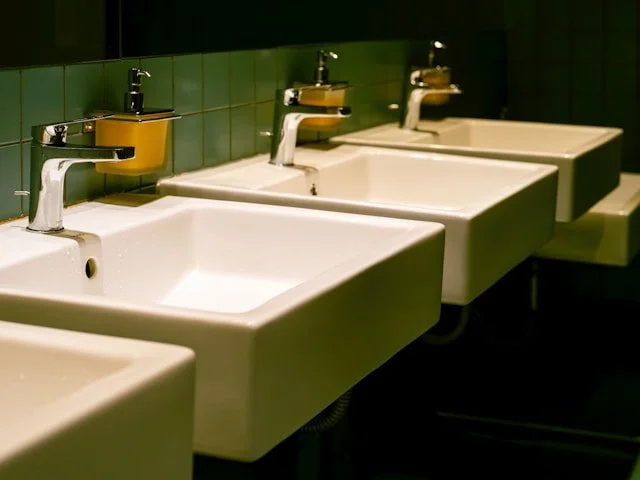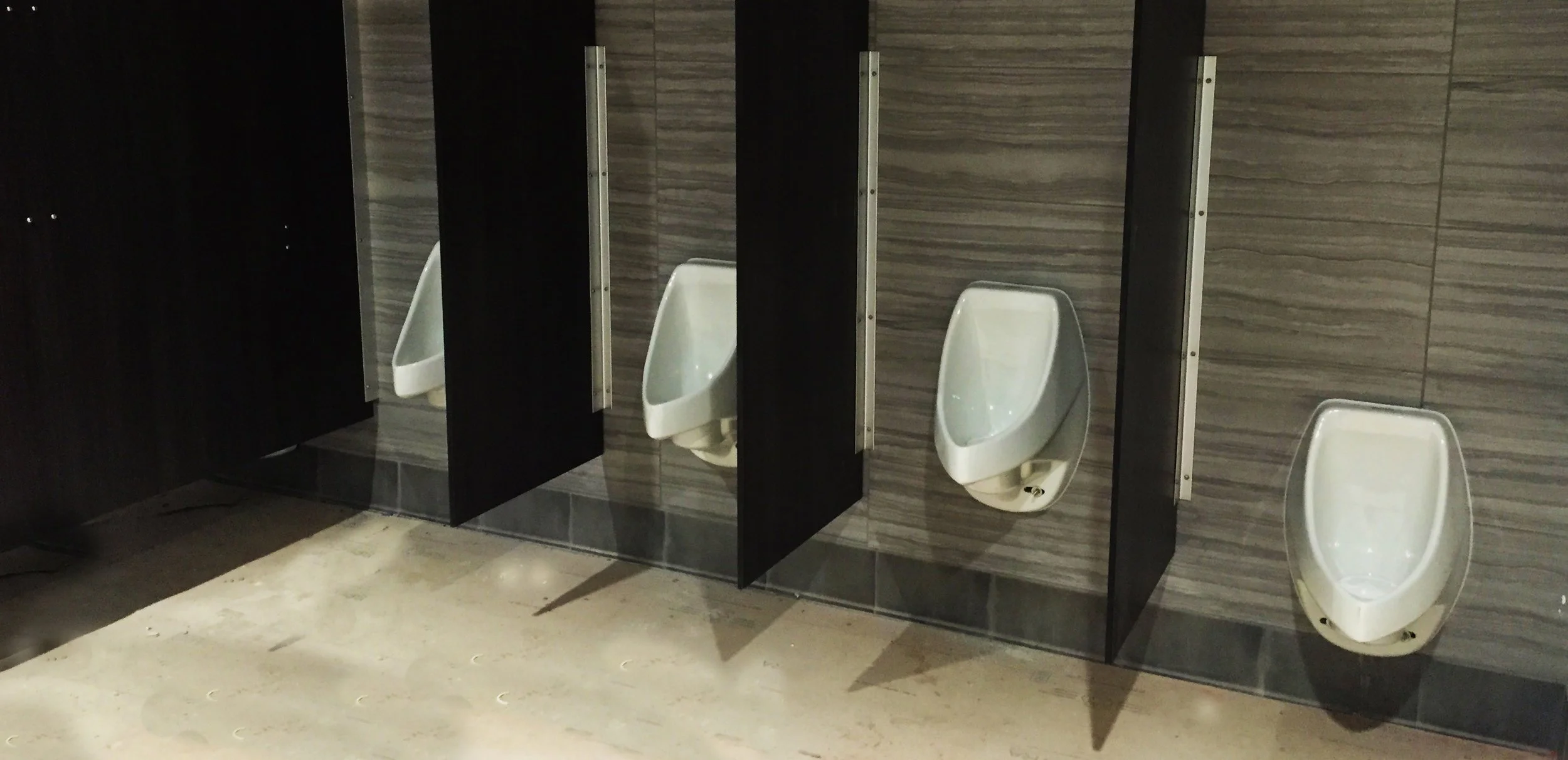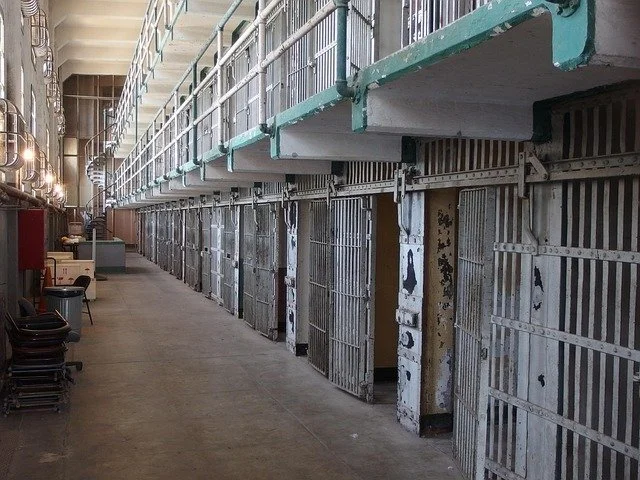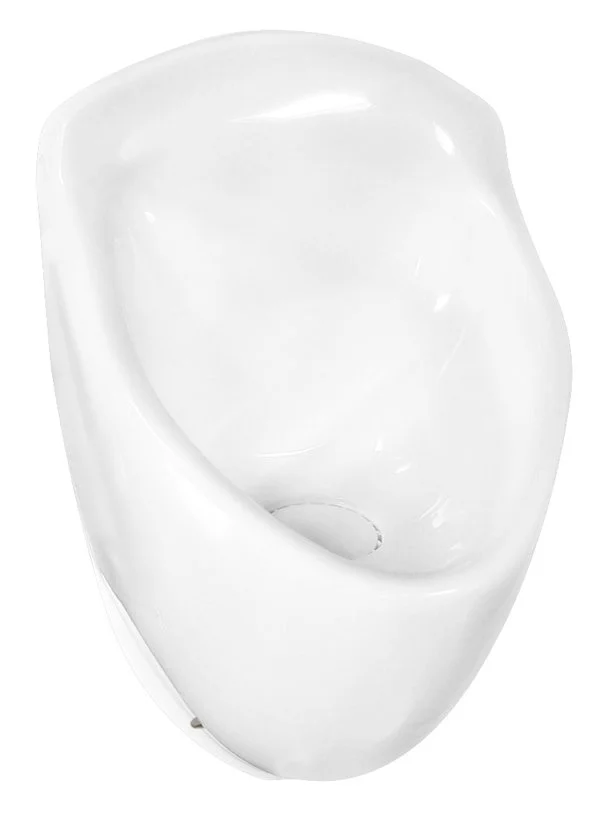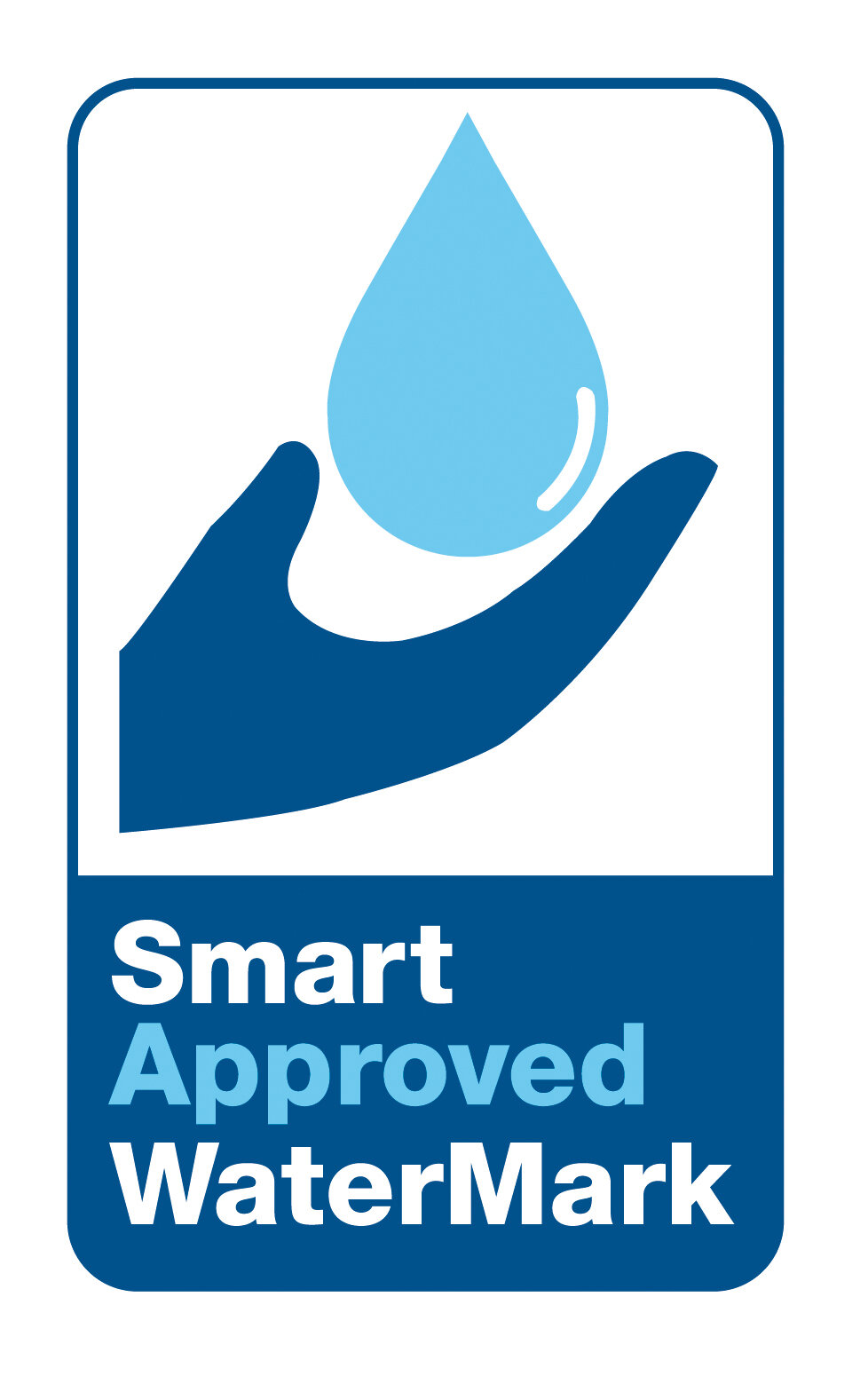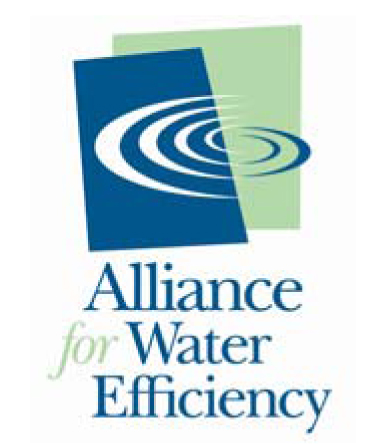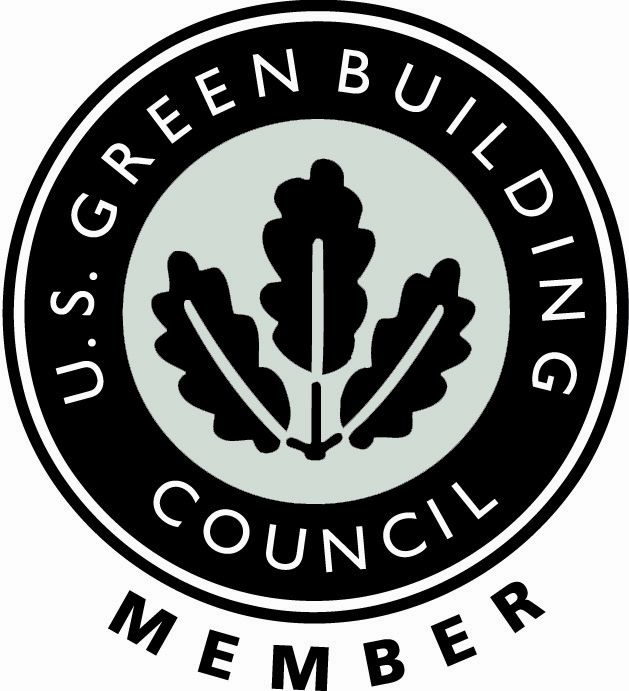Waterless Urinals Installed in a Dormitory
Here’s What It Told Us
No: Most of the lingering odor issues with early no-water urinals stemmed from inadequate maintenance rather than a flaw in the technology itself. With a routine, thorough restroom cleaning and service regimen, you can keep waterless systems fresh and odor-free.
Past causes of odor problems with waterless urinals
Barrier fluid depletion or expired cartridges. Once the sealing liquid in the trap breaks down, sewer gases and bacteria can escape.
Failure to clean inside the urinal with an all-purpose or antibacterial cleaning agent on a regular basis.
True for both conventional and waterless urinals, failure to clean floors, walls, partitions and mats under the urinal.
Essential maintenance tasks
Cartridge or trap-seal replacement
Always use the correct cartridge or sealant fluid for your specific urinal.
Follow the manufacturer’s recommended interval—typically every 2–6 months, depending on usage and model.
Routine inspections
Verify that the trap still contains liquid
Cleaning best practices
Never flush with plain water as it would deplete the sealing liquid
Use manufacturer-approved cleaners (for example, NviroClean) or a neutral pH disinfectant
Spray the entire urinal, allow 2–3 minutes of dwell time, then wipe with a microfiber cloth.
Clean surrounding areas at every visit
Wipe down walls, partitions, floors and mats to remove droplets and prevent odors from accumulating.
Mop around the fixture with an all-purpose cleaner; launder or replace mats regularly.
Monitor for and clear clogs promptly
A blocked drain will back up odors. If slow drainage is noted, use a compatible, non-emulsifying cleaner or snake the line.
Bottom line
When you adhere to a schedule of timely liquid refills, cartridge replacements, targeted cleaning with the right products, and thorough surrounding-area care, waterless urinals deliver on their water-saving and hygiene promise without the odor headaches of the past.What It Told Us



